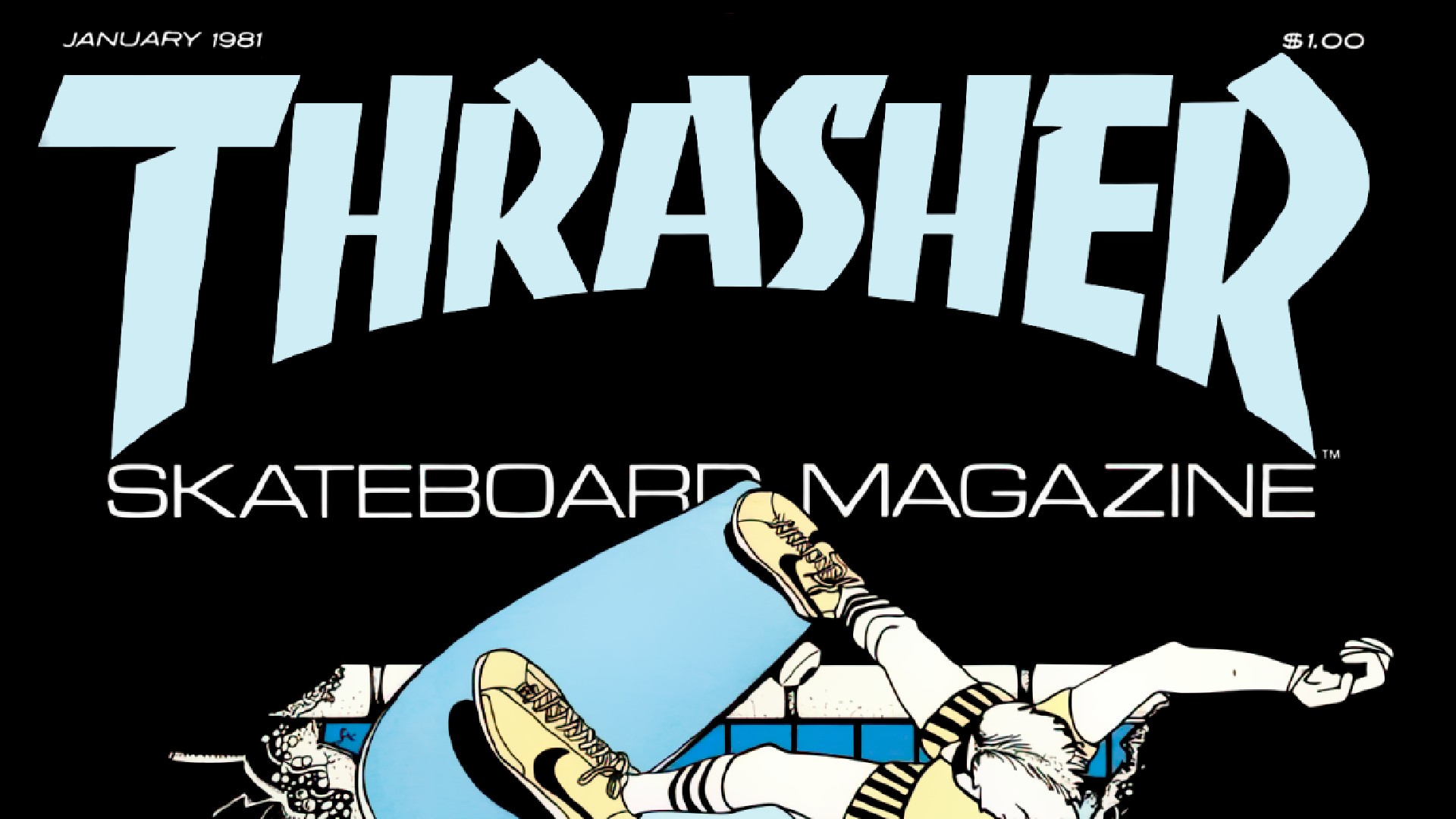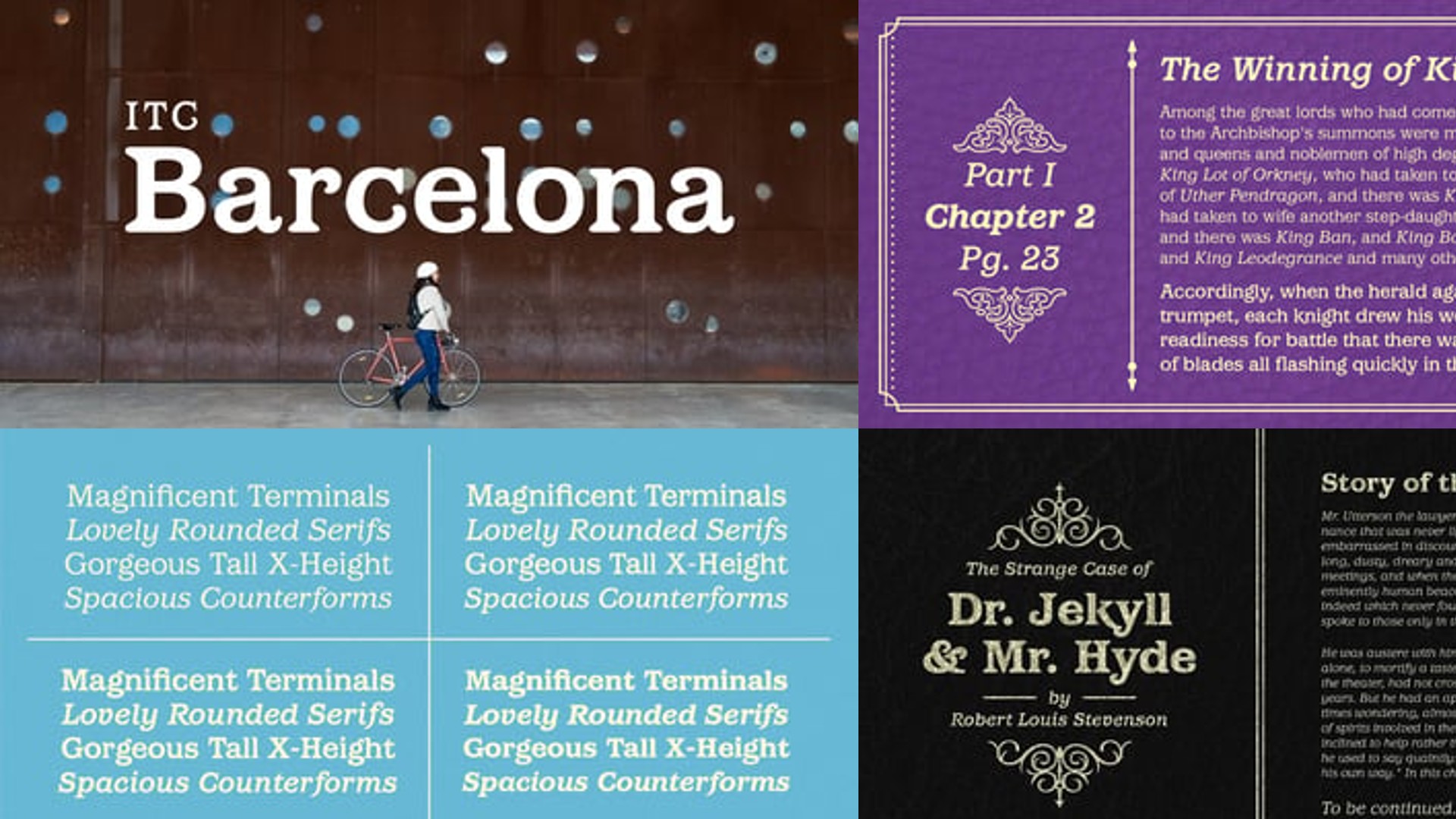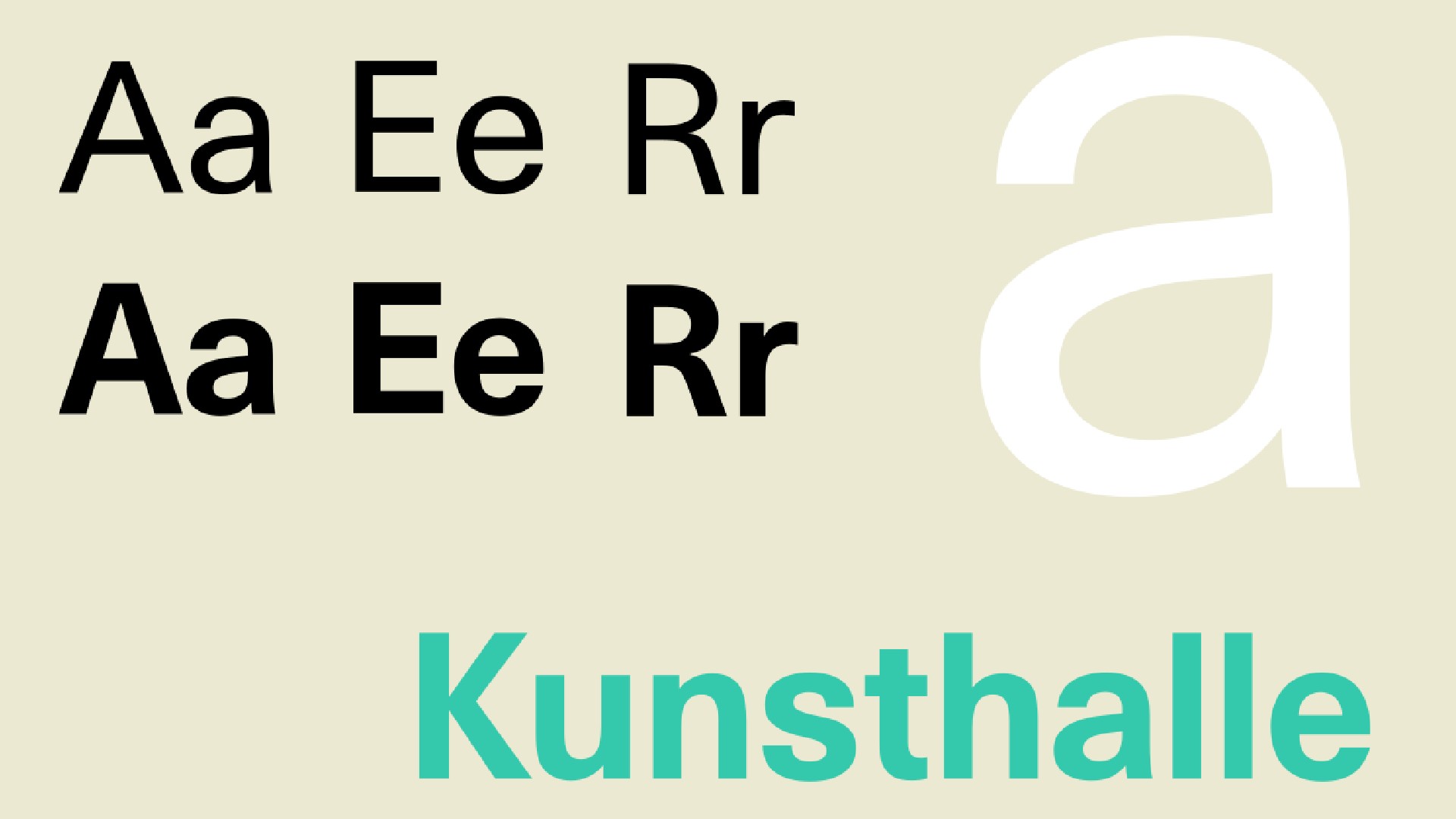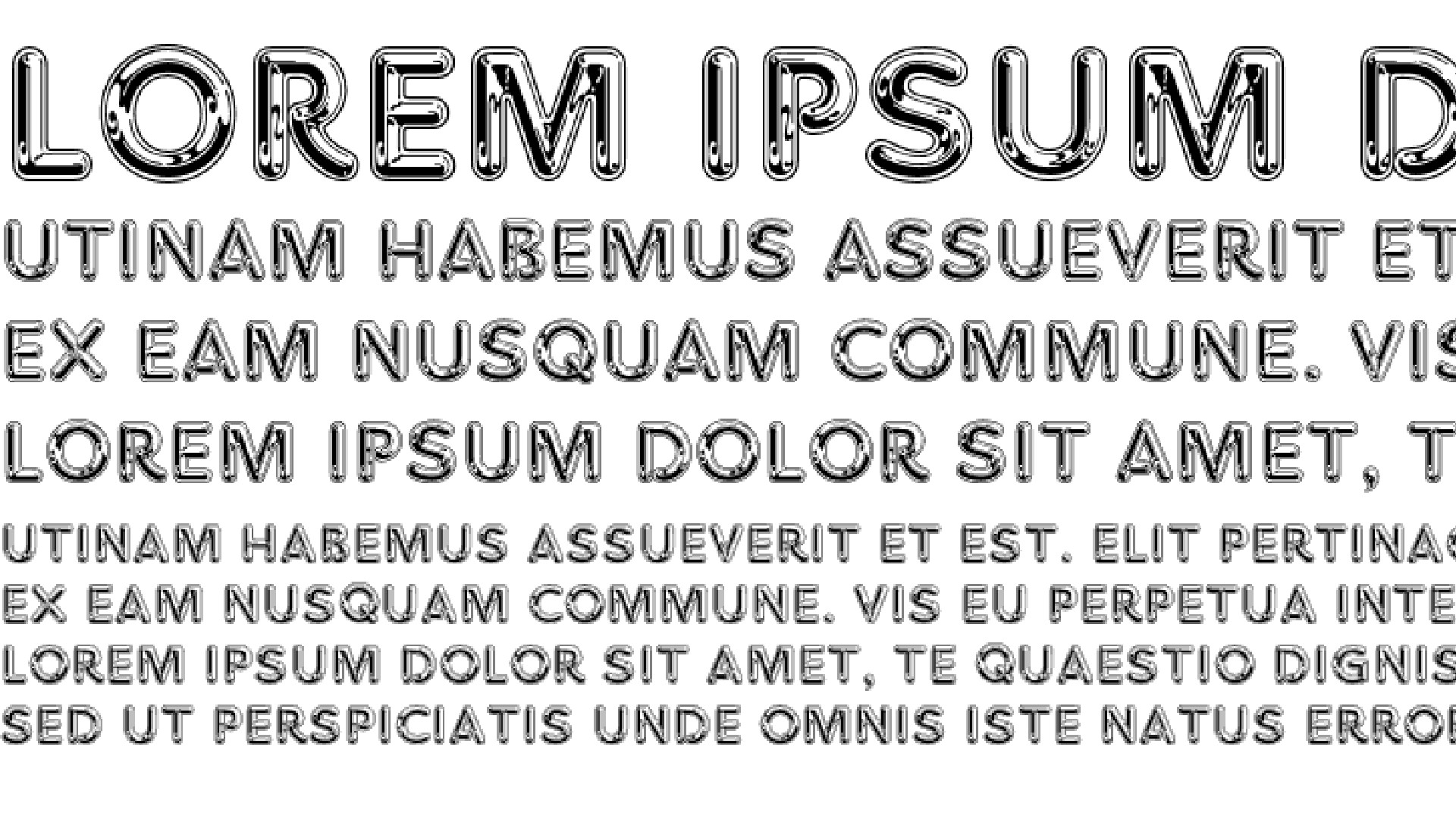
The 1980s might nowadays be associated with cheesy pop and gaudy materialism. But it was also a transformative period in design, characterised by a bold exploration of new technology and artistic expression. And as part of that, we experienced nothing less than a revolution in typography. If you're looking for more typographical inspiration, take a look at the best free fonts.
As designers began to experiment with form and function, they leveraged digital advancements to create typefaces that were both visually striking and highly legible. As a result, typography during this era was more than just a means of communication. It became a cultural touchstone, influencing everything from advertising to the birth of personal computing.
We asked a range of design experts to select the most significant fonts from this era, and they share their thoughts below. So join us to explore these groundbreaking typefaces that encapsulate the spirit of the 1980s and continue to inspire designers today. For more font eras, take a look at our full typography of the decade series.
01. Chicago

Chicago is a sans-serif typeface designed by Susan Kare for Apple. It was used in the Macintosh operating system from 1984 to 1997 and was a key element of Apple's brand identity.
It's a favourite of many designers, including Jessica Walsh, founder of &Walsh and the type studio Type of Feeling. "Chicago's pixel-based design was highly legible on early low-resolution screens, making it a defining typeface in the early digital era," she enthuses. "It became synonymous with the Apple brand and early computer aesthetics, influencing screen typography for years."
Designer Natasha Lucas notes how Chicago addressed the new challenges and limitations of early screen resolution. "Despite being confined to a strict pixel grid, initially 12 pixels high, it achieved impressive readability and natural proportions, cleverly using the square pixels to subtly modulate strokes and ‘round’ corners," she explains.
And its impact wasn’t just technical. "Chicago's distinct character became a powerful tool for Apple’s brand communications throughout the 1980s, contributing significantly to the company’s visual identity."
Get the Creative Bloq Newsletter
Daily design news, reviews, how-tos and more, as picked by the editors.
Gianluca Ciancaglini, head of type design at Landor, calls it: "one of the most emblematic typefaces in the history of technology. This bitmap sans-serif font featured thick, squared lines, specifically crafted to maximise legibility on monochrome, low-resolution screens. In an era when graphics were still quite limited, Chicago managed to be both functional and visually appealing, despite utilising very few pixels."
Chicago later became the default font for the Macintosh user interface, used in all system menus, dialogue boxes, and buttons. "This typographic consistency helped make the interface intuitive and easily accessible to new users, marking a critical step in the evolution of personal computers," says Gianluca.
"Its legacy extended into the 2000s when it was the primary font for the first iPod," he continues. "Over time, the font was adapted into TrueType format to allow for more flexible use on higher-resolution screens, maintaining its essence despite technological improvements."
Although it was eventually replaced in later Apple operating systems, Chicago remains an icon in the history of type design today. Gianluca calls it: "a symbol of the perfect balance between aesthetics and functionality. It stands as a testament to how, even with technological limitations, intelligent design can have a lasting impact."
02. Modula

Designed by Zuzana Licko in 1985, Modula was the first high-resolution headline typeface created using a Macintosh, during a time when most digital font creation focused on mechanical digitization of traditional typefaces.
Its creator aimed to leverage the unique capabilities of digital processes rather than merely imitate analogue fonts, which often resulted in poor-quality bitmap emulations. She used the proportions of her earlier Emperor Fifteen bitmap design and combined them with the precision of computer-generated geometric elements. Notably, she utilised a “smooth” routine that improved bitmap resolution, enhancing the typeface’s appearance.
Graphic designer Martin Baillie is among its fans. "Modula feels like it would have been as equally at home on a Gotham city street in the 80s Batman universe as it would have been on a Stock Aitken Waterman record cover," he enthuses.
"This period feels like a time when designers were pushing the boundaries of what could be done inside a font file, and including attributes that might otherwise have been added at a later stage in the design process," he adds. "And, after seeing the ways in which Modula had been adapted and manipulated by designers out in the wild, Zuzana Licko decided to expand the family with some really expressive and interesting variants built into the font."
03. Banco

Banco was originally designed by influential French typeface designer Roger Excoffon in 1951-52 for Fonderie Olive, and the font was later revived in 1991 by Phill Grimshaw. It features tapering, slightly slanted strokes made with a sharp-edged flat brush, giving it a dynamic, hand-sketched appearance, and it's primarily used in advertising and display typography.
"This typeface may have been designed in the 1950s," says Steve Campion, creative director at Good Noise. "But it came to prominence in the 80s when a designer, Kevin Thatcher, adapted it in 1981 for the masthead of skateboarding magazine Thrasher." And that made a big impact on Steve personally.
"I started skateboarding in 1987, and it was skating in the late 80s that got me interested in graphic design," he remembers. "Back then, skateboarding was a long way from the mainstream sport it's become today, and there were only a handful of skateboard companies around. Each company had its own unique attitude and style, and the same went for the skateboarding magazines."
At the time, the big two from the US were Transworld Skateboarding and Thrasher. "Thrasher had the edge in terms of attitude and aesthetics: it felt quite raw and ‘punk’," recalls Steve. "The magazine featured interviews and articles on both skating and music, with amazing photography and an unusually large number of adverts, each one beautifully designed and laid out by hand."
The same Kevin Thatcher masthead is used on Thrasher magazine today, over 40 years later. "And I believe it’s one of popular culture's most iconic logotypes," enthuses Steve. "It’s difficult to see Banco in use without thinking of Thrasher."
04. ITC Barcelona

ITC Barcelona is a serif typeface with almost decorative details. Its bold and heavy weights include some unique twists to a number of characters and numerals, which are slightly rounder than those of the other weights, and it's suitable for use in text or displays.
It was designed in 1981 by Ed Benguiat; a musician, illustrator, and type designer from Brooklyn, New York for the International Typeface Corporation (ITC). "It's full of flavor with luscious forms," says Eleni Beveratou, creative director at Dalton Maag. "It was created during his time as a consultant for the Barcelona summer Olympics in 1992, and while the typeface was not used as part of the Games, they served as a source of inspiration."
It’s not uncommon for a typeface to be inspired by a city or a significant event, she notes. "And when this happens the results are often unique, memorable, and recognisable. There's an inherited charm in drawing inspiration from a living place and encapsulating it within the constraints of letterforms."
That's certainly the case here. Each letterform in ITC Barcelona has a playful, unconventional quality, yet they all work together harmoniously. "Some of my favourites include the 3, g and the uppercase C," says Eleni. "While it draws inspiration from classical serif fonts, it introduces its own twist, incorporating elements reminiscent of the Renaissance and Baroque periods. This fusion of tradition and modernity creates a typeface that feels both rooted in history and refreshingly contemporary.
If you like the look of ITC Barcelona, she adds that it's well worth checking out Ed Benguiat's other work. "His multi-faceted creativity shines through in his typefaces, each of which offers something unique, expressive, and sparkling, which is why many have become iconic," she explains. "His spontaneous approach to type design is, in my opinion, what makes his work so creative and unapologetic. This led to innovative, fresh designs that have stood the test of time, despite the display nature of many of his typefaces, which are often fleeting in popularity."
05. Garamond

Garamond is a group of serif typefaces named after the 16th-century Parisian engraver Claude Garamond, known for their popularity in book printing and body text. The style follows the old-style serif design, influenced by Venetian printer Aldus Manutius and his punchcutter Francesco Griffo, featuring an organic structure resembling handwriting but more upright and structured.
Key characteristics of Garamond's typefaces include an 'e' with a small eye, a sharp-turned 'a', limited stroke contrast, and expansive ascenders and descenders. Modern revivals frequently add features like bold type and lining numbers, which were not part of Renaissance designs. Garamond's work is praised for its elegance, precision, and the culmination of Renaissance design ideals in his later typefaces.
"This classic serif exudes a satisfying nostalgia of the 1980s that still resonates with me today," says Rosie Garschina, executive creative director of Trollbäck+Company. "Used by brands such as Apple, Neutrogena and Abercrombie & Fitch, it was able to fly under the radar as one of the most ubiquitous and versatile typefaces of the time. Garamond gives off a clean, tasteful restraint that would make Patrick Bateman sweat with envy."
06. ITC Benguiat / Benguiat Gothic

ITC Benguiat is another typeface designed by Ed Benguiat and released by ITC. A decorative serif, it was inspired by Art Nouveau typefaces, isn't an academic revival, but follows ITC's design approach with a high x-height and multiple widths and weights. It's complemented by its sibling Benguiat Gothic.
"Benguiat was born in 1978, but its aesthetic is undeniably tied to the 80s, heavily associated with the cultural production of that era," says Lucas Luz, art director at Type of Feeling. "You can find it in titles like Star Trek, in Stephen King’s book covers, and more recently in shows like Stranger Things, which have embraced a retro aesthetic that recalls that period.
"Initially launched as a serif typeface, a year later the sans-serif version, ITC Benguiat Gothic, was introduced. This version also played a key role in many of the decade’s iconic visuals."
07. Haas Unica

Haas Unica is a neo-grotesque sans-serif developed by André Gürtler, Christian Mengelt and Erich Gschwind of Haas Type Foundry and released in 1980. Combining elements of both Helvetica and Univers, it was designed to improve legibility and proportions without sacrificing neutrality. Haas Unica features softer lines and more balanced proportions, making it versatile and harmonious.
"I find Haas Unica fascinating for its constant pursuit of maximum neutrality in typography, with the ambitious goal of creating a typeface that perfectly embodied the modern spirit," says Gianluca. "It’s a refined design example that strives for balance, free from excess or ornamentation, aiming to achieve a formal purity that could fit any context without distracting from the content.
"Despite its innovative design, Haas Unica fell into disuse with the transition to desktop publishing and was not initially digitised. However, in 2015, the Linotype foundry revived it under the name Unica 77, adapted to meet modern typographic needs.
"Today, Unica 77 is appreciated by designers seeking an elegant and neutral sans-serif. Although it hasn’t reached the fame of Helvetica or Univers, Haas Unica stands as a symbol of the pursuit of typographic perfection and the balance between tradition and modernity, embodying the ideal of a universal and timeless typeface."
08. Chromium One

Founded in 1959, in the days before digital typography, Letraset was a company that manufactured physical sheets of typefaces and other artwork elements using the dry-transfer lettering method. As Simon Manchipp, founding partner at SomeOne, recalls: "It was expensive. Unreliable. Awkward. And addictive. And there was a way of ‘cutting’ letterforms using a red plastic film and a scalpel. It was called ‘ruby lith’ and it was brutally unforgiving. I met a designer who’s job it was to cut the Caslon 540 italic ampersand. The greatest ampersand of all time. But his real claim to fame was that he worked on cutting Chromium One. It was a swine to get right."
Designed by David Harris for ITC and Letraset in 1993, Chromium One was, in Simon's words: "The typeface that somehow managed to cram all the 80s clichés into one glorious font. If you were wondering what a typeface would look like if it were designed by someone watching Miami Vice on repeat, look no further. This is the typographic equivalent of a mullet paired with aviator sunglasses and a satin Members Only jacket. All of which are cool again in 2024. What a typeface."
For more explorations of design throughout the decades, see our logos of the decade and rebrands of the decade series.

Thank you for reading 5 articles this month* Join now for unlimited access
Enjoy your first month for just £1 / $1 / €1
*Read 5 free articles per month without a subscription

Join now for unlimited access
Try first month for just £1 / $1 / €1

Tom May is an award-winning journalist and editor specialising in design, photography and technology. Author of the Amazon #1 bestseller Great TED Talks: Creativity, published by Pavilion Books, Tom was previously editor of Professional Photography magazine, associate editor at Creative Bloq, and deputy editor at net magazine. Today, he is a regular contributor to Creative Bloq and its sister sites Digital Camera World, T3.com and Tech Radar. He also writes for Creative Boom and works on content marketing projects.
